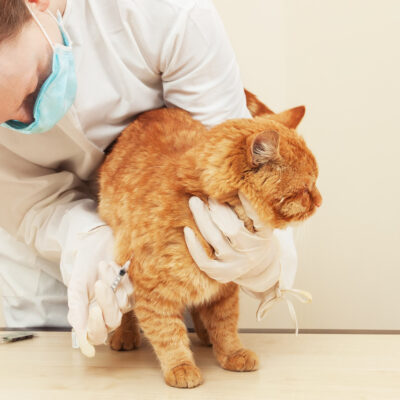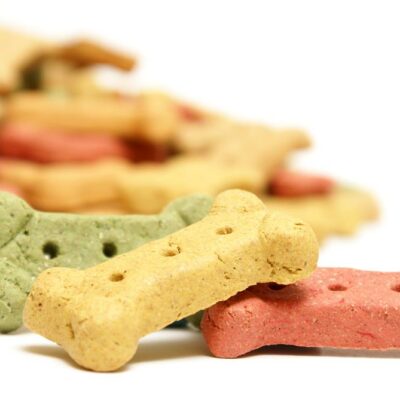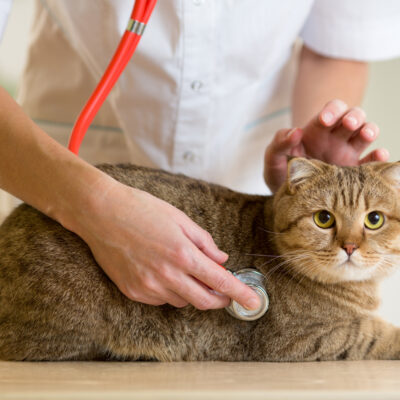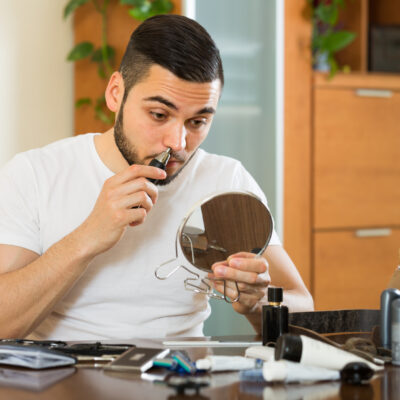
Pets
How to Keep Cats Safe and Healthy
When it comes to cleaning products for cat owners, veterinarians provide certain warnings that you must pay heed to. Vets feel that most pet owners are not aware of how toxic everyday household items can be for their pet cats. It is a fact that several regular products can wreak havoc on your cat’s life, triggering illnesses ranging from mild stomach disorders to fatal conditions. Some of these illnesses can be caused because of your cat’s self-grooming habits, due to which they ingest very tiny amounts of the product. Others can be triggered when your cat inhales the compounds, particularly, degreasing products like bleaches and oven cleaners. This can prove harmful to cat’s health. In case your cat has been affected by any of these, here are some common symptoms that you should look out for. Always rush to a vet when you notice any of the following symptoms: Red and raw skin, or skin breaking into blisters Pain Pawing at mouth Severe drooling Loss of appetite Unusual tiredness Pawing at the eyes Fever 1. Chemicals to avoid Three chemicals that must not be present in home cleaning products for cat owners are mentioned below. Ammonia It is usually shown as ammonium hydroxide in most product labels.
Read More 















